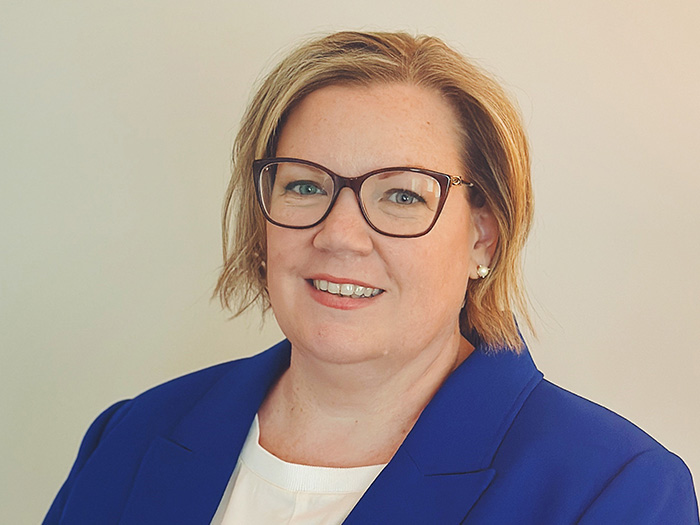Brokers
Outlook for Risk Managers
The Rippling Impact of Product Recall
 A systematic product recall, even if there is no proof of harm, can kill a company’s reputation and in some cases, cause the company to go under, said Tony Hardy, head of global casualty for Lockton in London.
A systematic product recall, even if there is no proof of harm, can kill a company’s reputation and in some cases, cause the company to go under, said Tony Hardy, head of global casualty for Lockton in London.
That’s causing more companies to purchase product recall cover, and resulting in a “big increase in the number of insurers that will provide it,” he said. “Every year, you see more entrants into the market.”
A recall can ripple through supply chains. The Salmonella outbreak at Sunland Inc. in New Mexico sickened more than three dozen people, mostly children, and caused the Food & Drug Administration to shut the plant down for a time.
The variety of merchandise that contained Sunland’s peanut products also impacted about 40 food manufacturers and supermarkets, Hardy said. The situation was similar with the horsemeat scandal in Europe.
“It shows how errors can creep into the food bank because it’s supplier to supplier to supplier,” he said.
Picking Their Markets
Some larger insurers are “certainly shying away from California for growth” in areas such as workers’ compensation, directors’ and officers’, and employment practices liability c over, said Peter Garvey, co-founder, president and CEO of Integro Insurance Brokers.
over, said Peter Garvey, co-founder, president and CEO of Integro Insurance Brokers.
“Certainly, some underwriters will view the rising rates as an opportunity,” he said. “Although I think the market leaders will continue to be more concerned with loss trends and hold back until rates go higher still.”
He noted that D&O has been “one of the softest areas in a long time,” but that he believes low rates are starting to become an issue. Excess casualty also has “gotten too cheap. I think people will see increases there.”
Low investment returns leave little choice but to drive up rates for large insurers, he said.
Modeling for Terrorism Risk
Forty-four types of attacks (from active shooter to electromagnetic pulse), and 500,000 targets (from sports stadiums to office buildings) are some of the data entered into a new predictive modeling software by Towers Watson designed to assess terrorism risk.
 “We are not saying we can predict [a terrorist attack],” said Chris Holt, consulting director of the consultancy’s Crisis Management team, who noted the model takes into account ZIP codes as well as locations where large numbers of individuals will gather, such as transportation hubs or sporting events.
“We are not saying we can predict [a terrorist attack],” said Chris Holt, consulting director of the consultancy’s Crisis Management team, who noted the model takes into account ZIP codes as well as locations where large numbers of individuals will gather, such as transportation hubs or sporting events.
Holt, who led the model development team, said the tool includes both known and emerging threats and “reflects the complex and changing nature of global terrorism for a wide range of clients.”
Paul Bassett, managing director of the team, said the tool was targeted both for insurers underwriting terrorism cover and for clients seeking a deeper understanding of their risk exposures.
Most models, he said, were released after 9/11 and focused on low-frequency, high-severity urban jihadi events. The Towers Watson model known as Sunstone, reflects nuances in the evolving nature of terrorism and political violence, Bassett said.
Released in the wake of the bombings at the Boston Marathon, Bassett said he expected that event will probably not result in an increase in pricing. “I don’t see it as a problem in getting insurance. I don’t see it having a huge impact.”
He noted the losses for business interruption were probably larger than for property damage. “That is typical of a terrorism loss,” he said.
More than Technology
Cyberrisk is not just a technology risk, said Tom Fitzgerald, CEO, Aon Risk Solutions, U.S. Retail Operations. “It literally is a risk that finds its way into everybody’s business.”
 Companies need to look at those risks and find ways to cure them and insure them, he said.
Companies need to look at those risks and find ways to cure them and insure them, he said.
“There’s a lot of momentum around” cyber coverage, he said, but too many companies shrug it off as unnecessary because they don’t transact business over the web or retain credit card information.
Beyond cyber issues, companies should also be worrying about the aging workforce, he said, especially in combination with the growing problem of obesity.
“Loss costs go up as people get older and they are not as fit,” Fitzgerald said.
Employers should look for ways they can change the work environment to reduce risks as well as consider disability issues.
Rates to Increase
The return on equity of insurance companies “is at near historic lows,” said Eric Silverstein, senior vice president, national accounts team leader at Lockton Cos. In response, insurers will be looking to increase rates.
 “I believe we will have a hardening market into 2013 and 2014,” he said, noting that key reasons are the difficulty with low yields on Treasury bonds and other investment income challenges.
“I believe we will have a hardening market into 2013 and 2014,” he said, noting that key reasons are the difficulty with low yields on Treasury bonds and other investment income challenges.
“If you can’t make money from investments, you need to make money on underwriting,” he said.
With insurers seeking 8 percent to 10 percent rate increases for some risk profiles, new players will enter the markets to take advantage of the opportunity, Silverstein said. There will also be sensitivity for attachment points and retentions.
He also sees an expanding alternative-risk market, rising concern about risk aggregation and the magnitude of catastrophes, and a greater need from clients for strategic guidance.
“For a broker,” Silverstein said, “it’s an exciting time. It’s a tough time. It’s challenging but it’s an exciting time.”
And for clients, he said, “it’s a time where differentiation is critical.”










